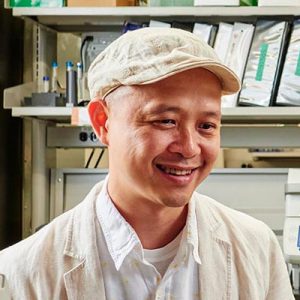UT’s Trinh Leading Department of Energy Bio-Research Project
Esters are building blocks for many of the things produced through chemical and biomolecular engineering, from fuels to flavors, scents to solvents.
Highlights
- Certain types of yeast aids bio-production
- Esters used in pharma and food can be produced
- UT’s Trinh is working to improve efficiency
Now, UT’s Cong Trinh is leading an effort to produce bioesters by utilizing the oil-producing yeast Yarrowia lipolytica.
“This yeast can naturally accumulate a lot of fat,” said Trinh, the Ferguson Faculty Fellow in Chemical Engineering at UT. “Instead of doing multiple chemical steps to extract fat from the microbe and then make esters, we’ll make this yeast excrete these esters for our use in a single step without destroying it.”

Trinh also noted that his approach means that the yeast can be reused, improving efficiency.
By controlling metabolism of the yeast, Trinh’s team can make designer bioesters with tailored characteristics for use in various applications.
The approach is highly innovative, highlighting the Department of Energy’s interest in backing the project with $1.4 million in funding.
A main challenge the team faces is to make Yarrowia more robust since it must effectively digest complex biomass materials like switchgrass.
Trinh said that there will be a “rigorous microbe selection” involved in the project. Genome and molecular characterization will be used to reveal the underlying mechanisms of how the new strains yield desirable results.
The knowledge gained will help fine tune future Y. lipolytica strains, better positioning their use in converting biomass to wanted products.
The research is a collaboration with ORNL and the USDA. Trinh will serve as lead, with $1.1 million of the overall funding coming to UT, with the rest divided between research at ORNL being conducted by Richard Giannone and by work being done by the USDA’s Bruce Dien and Patricia Slininger.